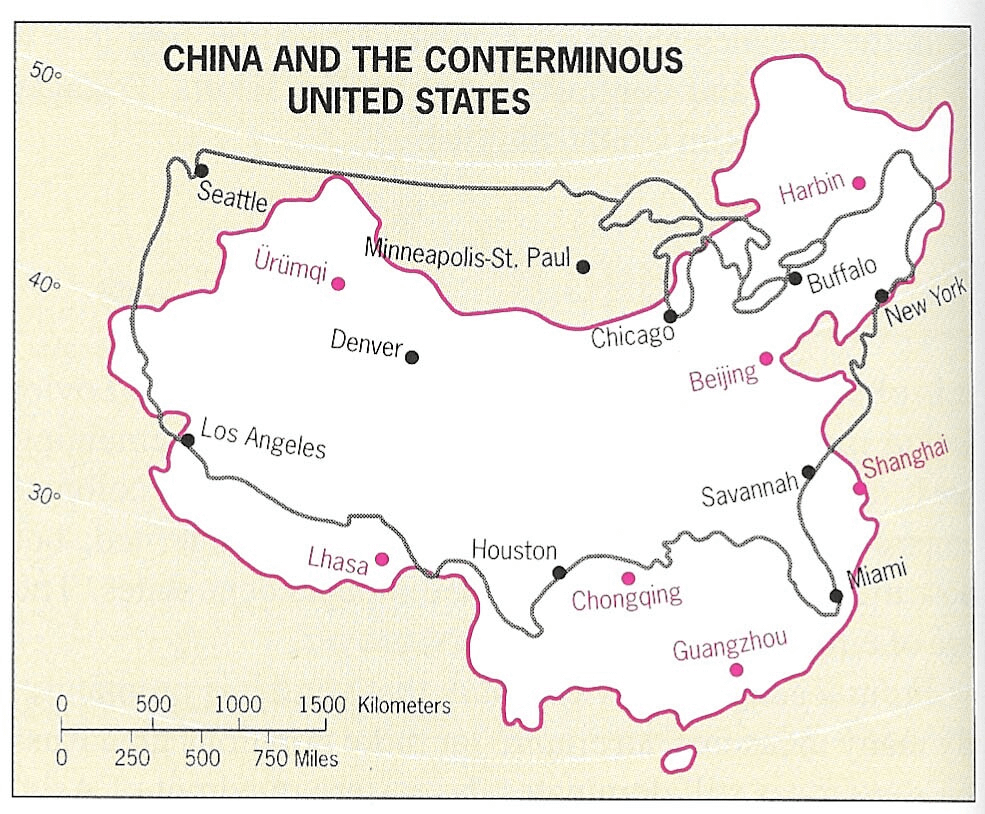
Beijing's Latitude Surprise: Discover Which US Cities Share Its Parallel!
Ever wondered what lies across the ocean from Beijing? This article unveils the surprising US cities that share the same latitude, offering a fascinating geographical perspective.
Unveiling Beijing's Latitude
Beijing, the sprawling capital of China, sits at 39.9042° N latitude. Latitude, a fundamental concept in geography, represents the angular distance of a point from the Earth's equator. Imagine lines circling the Earth parallel to the equator; these are lines of latitude. As we move further away from the equator towards the poles, the latitude increases.
Interestingly, Beijing's latitudinal line, when traced across the globe, intersects with a fascinating cross-section of the United States. A map published in the Washington Post [Link to Washington Post article/map] vividly illustrates this point, showcasing how locations on seemingly opposite sides of the world can be connected by this invisible grid.
A Tale of Two Continents: Mirroring Locations
Let's journey along the 39th parallel and uncover the prominent US cities that share their latitude with Beijing:
| City | State | Latitude | Distance from Beijing (Approx.) |
|---|---|---|---|
| San Francisco | California | 37.7749° N | 5,900 miles (9,500 km) |
| Denver | Colorado | 39.7392° N | 6,600 miles (10,600 km) |
| Washington, D.C. | District of Columbia | 38.9072° N | 6,800 miles (10,900 km) |
To explore this geographical connection further, "Port in a Storm," an interactive map also featured in the aforementioned Washington Post article, allows you to visually pinpoint locations sharing the same latitude across the globe.
Beyond Location: Comparing Climates and Cultures
While latitude plays a significant role in determining climate, it is not the sole factor. Despite sharing a latitude with Beijing, the climates of San Francisco, Denver, and Washington D.C. differ considerably. For instance, Beijing experiences a continental climate with hot, humid summers and cold, dry winters. In contrast, Washington D.C. has a humid subtropical climate with milder winters and hotter, more humid summers.
Culturally, the differences are even more pronounced. Beijing, steeped in millennia of history, boasts architectural marvels like the Forbidden City and the Temple of Heaven. Meanwhile, Washington D.C., a relatively young city, showcases iconic structures like the White House and the Lincoln Memorial, reflecting its political significance. Images juxtaposing the Temple of Heaven and the Washington Monument beautifully illustrate these contrasting architectural styles and cultural influences.
Conclusion
This exploration of Beijing's latitude reveals fascinating geographical connections with cities across the globe. While San Francisco, Denver, and Washington D.C. share a similar latitude with Beijing, they each possess unique climates and cultural identities. This underscores the complex interplay of geography, climate, and human history in shaping the character of a place. It prompts us to ponder: how does our geographical location influence our way of life, our culture, and our perception of the world?
Q&A
1. Does sharing the same latitude guarantee similar climates?
No, latitude is just one factor influencing climate. Other factors such as altitude, proximity to water bodies, and prevailing wind patterns also play a significant role.
2. What is the significance of the 39th parallel?
The 39th parallel is significant for connecting diverse locations like Beijing, San Francisco, Denver, and Washington D.C., highlighting the interconnectedness of our planet.
3. How can I visually explore locations sharing the same latitude?
The "Port in a Storm" interactive map, featured in the Washington Post article mentioned earlier, allows you to explore locations along various latitudes.
More article references: coordinates beijing china